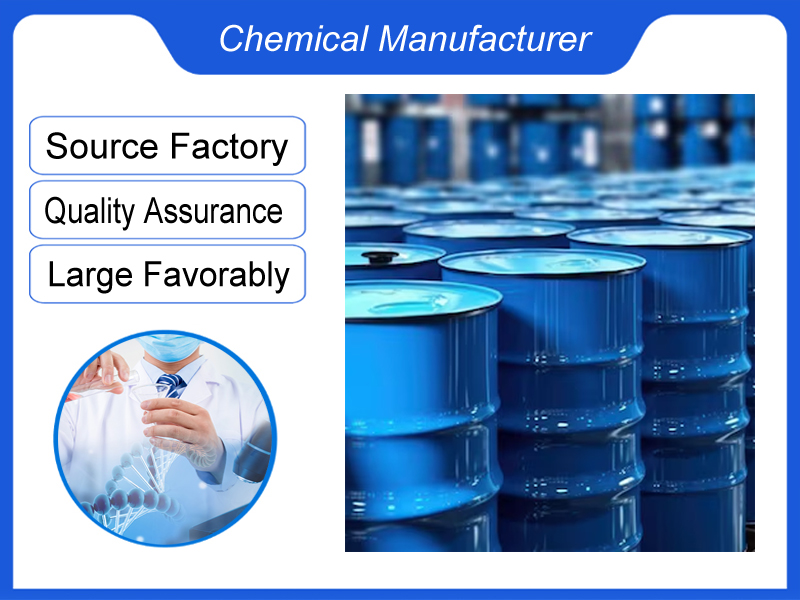
Textile Detergent Additives
We are a manufacturer based in China. We specialize in providing high-quality Textile Detergent Additives for industrial clients across various sectors. Whether you need chemicals consultation or technical support, our team is here to help.
Category:Textile Additives Own Brand:MT /MOQ:100KG /From China/ B2B only.
Introduction
The following table summarizes the main types of textile detergent additives, their functions, and common chemical compositions:
| Additive Type | Primary Function | Common Chemical Composition | Application Notes |
|---|---|---|---|
| Surfactants | Reduce surface tension, enhance wetting & stain removal | Anionic (LAS, SLES), Nonionic (AE, APG), Cationic (Quats) | Key for oil & grease removal; foam control needed |
| Builders | Soften water, prevent redeposition | Zeolites, Sodium Carbonate, STPP (banned in some regions) | Improves surfactant efficiency in hard water |
| Enzymes | Break down protein/starch-based stains | Proteases, Amylases, Lipases, Cellulases | Low-temperature effectiveness; pH-sensitive |
| Bleaching Agents | Oxidize and remove colored stains | Sodium Percarbonate, TAED (activator for low temp) | Activated at 60°C+; hydrogen peroxide release |
| Anti-redeposition Agents | Prevent soil from reattaching to fabric | Carboxymethyl Cellulose (CMC), PVPs | Critical for washing dark/colored fabrics |
| Optical Brighteners | Absorb UV light & emit blue fluorescence | Stilbene derivatives (e.g., DAS1. CBS-X) | Mask yellowing; ineffective on natural fibers |
| Fragrances | Provide pleasant odor | Microencapsulated esters, aldehydes, or terpenes | Slow-release technology for longevity |
| Corrosion Inhibitors | Protect washing machine components | Sodium Silicate, Benzotriazole | Especially important in powder detergents |
Key Trends (2020s):
Eco-friendly shifts: Replacement of phosphates (STPP) with zeolites/citrates; biodegradable surfactants (APG).
Cold-wash focus: Enzyme optimization and bleach activators (TAED) for energy savings.
Microplastic concerns: Phasing out polyethylene-based anti-redeposition agents.
textile fabric softener is a specialized formula used in textile industry, for giving fabrics the soft and silky feel. When applied during the final stages of production, this agent reduces friction between fibers thereby resulting in a better feeling when touched. It works well with different materials like natural as well as synthetic fibers making it versatile in its applications on textiles. Chinese Textile Fabric Softeners are responsible for lowering fabric rigidness, enhancing flow and diminishing creases that results into sophisticated touch of clothing apparel, home-furnishings and other fabric-oriented products.
Here are key characteristics:
1. Softness Enhancement:
Textile Fabric Softeners excel in enhancing the softness of fabrics, providing a smooth and luxurious feel against the skin.
2. Reduced Fiber Friction:
These softeners work by minimizing fiber friction, resulting in a notable reduction in fabric stiffness. This enhances the overall comfort of textiles.
3. Improved Fabric Drape:
Fabric Softeners contribute to better fabric drape, allowing textiles to hang and fall more gracefully. This is particularly beneficial for garments and home textiles.
4. Minimized Wrinkles:
The application of Fabric Softeners helps minimize fabric wrinkling, reducing the need for extensive ironing and maintaining a neat appearance.
5. Versatility Across Fabric Types:
Textile Fabric Softeners are formulated to be compatible with various fabric types, including natural fibers like cotton and wool, as well as synthetic fibers such as polyester and blends.
6. Quick Absorption:
Designed for rapid absorption into fabrics, these softeners ensure efficient and uniform distribution, contributing to time-efficient manufacturing processes.
7. Long-Lasting Softness:
The softness imparted by Textile Fabric Softeners is often long-lasting, enduring through multiple wash cycles and maintaining a consistently pleasant texture.
8. Flexibility in Application Methods:
Fabric Softeners can be applied through various methods, including exhaust, padding, or spraying, providing flexibility in incorporating softening treatments into different stages of textile production.
9. Enhanced Comfort in Apparel:
Particularly significant in the apparel industry, Fabric Softeners contribute to the overall comfort of clothing items, making them more enjoyable for wearers.
10. Compatibility with Other Finishes:
These softeners can be used in conjunction with other finishing treatments, allowing for the simultaneous enhancement of multiple textile properties, such as water repellency or flame resistance.
If you're ready to take the next step, Leave your message below and we’ll reply soon. 20+ years of chemical manufacturing & export experience, a partner you can trust.





